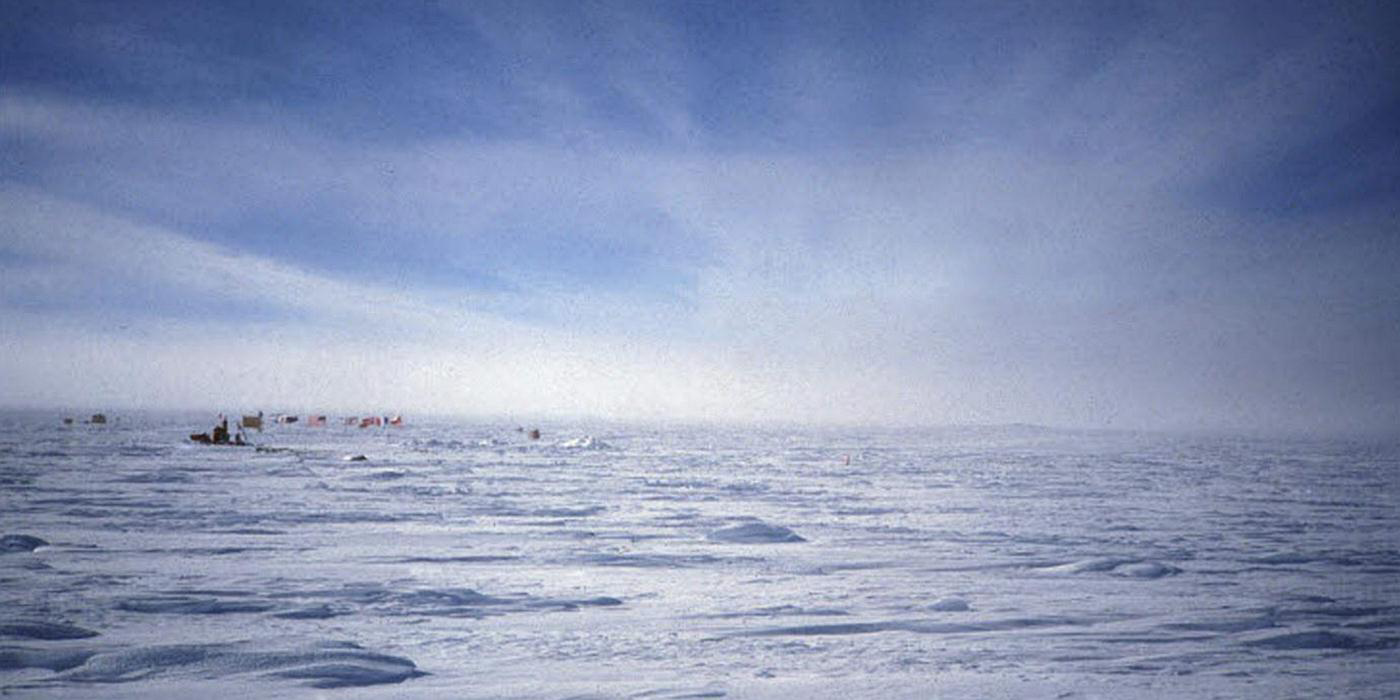This article is an excerpt from Chapter two in my new book The Chicken Little Agenda – Debunking Experts’ Lies. You can find out more about the book here, and can order the book from this link. This is the fifth of six parts for Chapter two that will be presented here sequentially. Read part four here.
Chapter 2
The Greenhouse Effect, Ozone Hole, and Other Acorns
Water, Water, Everywhere…
Drought is becoming a way of life for many Southwestern communities. They sing the refrain, “Water, water, everywhere but here . . . ,” as with covetous eyes they gaze at the Columbia River and its tributaries. Several are seriously proposing to divert some of this water southwards.
The Columbia is a great river. Most of its water flows into the sea, so what difference will it make to divert some?
Their arguments are well thought out and persuasive.
Naturally, the people who depend upon this water for their existence have raised serious objections. Some of these look to future water needs in the Northwest, pointing out that the time is coming when the Northwest will need all the water it can get. Since people who take the long view are routinely ignored, these objections have fallen on deaf ears.
Then Chicken Little gets involved with a host of environmental objections. Some of these fall into the same category as those objections the Greens routinely raise when dams are being contemplated. Others are the same objections that the Chicken Little mentality always raises when any kind of change is proposed. Sometimes they are valid and sometimes not. It goes without saying, however, that any significant diverting of a major river will significantly impact the environment. In a rational society, such effects must be weighed against the benefits–which is why dams get built.
Even if the Greens and the other Chicken Littles don’t convince you, you are, nevertheless, unlikely to ignore the cost. To divert a meaningful amount of Columbia River water to drought-stricken regions of the Southwest would cost significantly more than the annual budget of several states. This would be a major, world-class engineering undertaking.
Nobody doubts that these regions need water. Most people would not begrudge their getting water from wherever it is available so long as reasonable criteria are met in the process. With all due respect to the long-termers and the environmental observers, the main criterion here seems to be cost. If we can lick the cost, we’re going to do it.
There is a potential solution to this problem that completely bypasses the first objection, that sidesteps the environmental issues (while introducing a new set that is far more benign), and that does not ascend into the financial stratosphere.
Unlike oil and coal, water is cyclically renewable in weeks and months rather than eons. Nearly 90 percent of the world’s fresh water supply is tied up in polar ice. Large portions of this are contained in ice blocks called tabular icebergs floating off Antarctica.
What would it take to hook up several oceangoing tugs to one of these bergs and tow it up the coast to Los Angeles? Anchor it, or perhaps ground it firmly, and surround it with a floating rubber curtain that extends about fifteen feet below the surface. Since the ice is fresh water, and since fresh water floats on salt water, Los Angeles can simply pump the fresh water ashore and put it into the water system. Purification, if it is required at all, will be minimal. When the berg shrinks to a predetermined size, we simply go south to get another one.
This system costs more than you might think but very substantially less than the cost of diverting the Columbia. Experts say it will be a cost-effective alternative to (translate this as “able to compete with”) conventional water sources within five years.
Problems with solutions don’t bother me.
This acorn has the potential to become a grand oak with many branches.
(Part 6 of 6 follows)
© 2006 – Robert G. Williscroft





Sorry, comments are closed for this post.